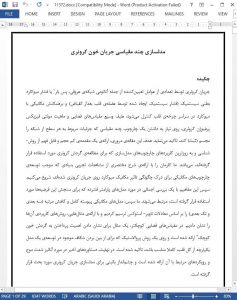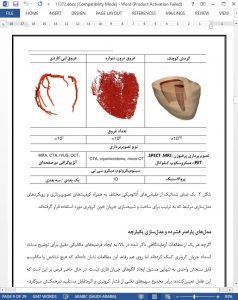Abstract
Coronary flow is governed by a number of determinants including network anatomy, systemic afterload and the mechanical interaction with the myocardium throughout the cardiac cycle. The range of spatial scales and multi-physics nature of coronary perfusion highlights a need for a multiscale framework that captures the relevant details at each level of the network. The goal of this review is to provide a compact and accessible introduction to the methodology and current state of the art application of the modelling frameworks that have been used to study the coronary circulation. We begin with a brief description of the seminal experimental observations that have motivated the development of mechanistic frameworks for understanding how myocardial mechanics influences coronary flow. These concepts are then linked to an overview of the lumped parameter models employed to test these hypotheses. We then outline the full and reduced-order (3D and 1D) continuum mechanics models based on the Navier–Stokes equations and highlight, with examples, their application regimes. At the smaller spatial scales the case for the importance of addressing the microcirculation is presented, with an emphasis on the poroelastic approach that is well-suited to bridge an existing gap in the development of an integrated whole heart model. Finally, the recent accomplishments of the wave intensity analysis and related approaches are presented and the clinical outlook for coronary flow modelling discussed.
CONCLUSIONS AND FUTURE
OUTLOOK Building upon the concepts of coronary-cardiac interaction established by earlier studies, the onedimensional flow modelling has reinforced the importance of wave propagation phenomena and contributed a number of additional insights into the factors governing coronary flow. Further efforts are continuing in detailed CFD and multiscale models, which gained recent momentum, to produce models that are both subject-specific and predictive. However, it must be stated again that even though the techniques reviewed here set the stage for multiscale flow modelling, coronary flow cannot be studied in isolation to the rest of cardiac function. Specifically, the studies of mechanical crosstalk will require regional and quantitative descriptions of myocardial stresses, which currently is attainable only through a model simulation. Thus an integrated cardiac model including myocardial contraction, systemic circulation, ventricular fluid–structure interaction and electromechanical coupling59 are of paramount importance to the simulation of coronary flow.











